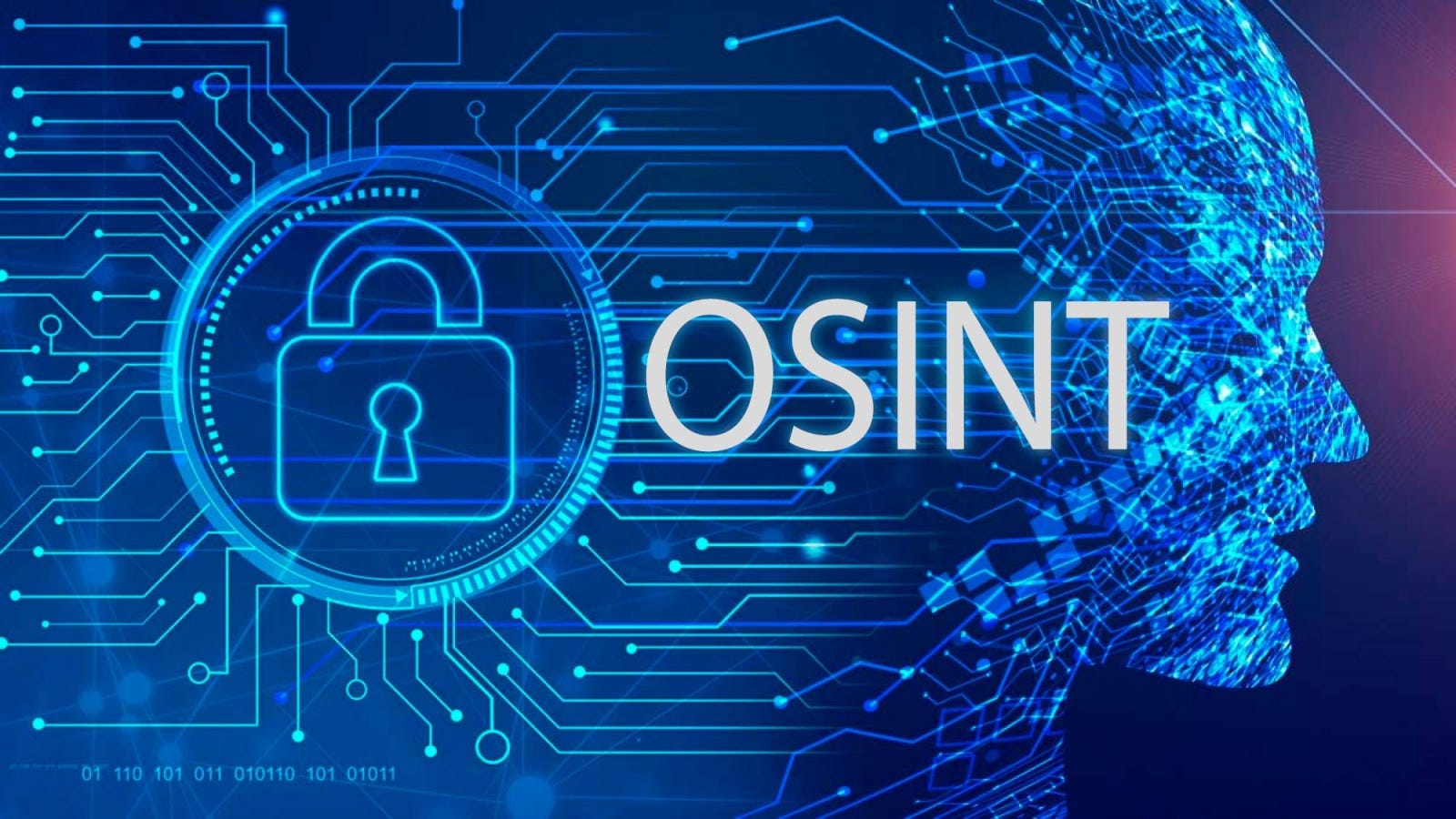In the ever-changing world of digital communications, open-source analysis has become an indispensable skill. At the heart of this skill is the OSINT Framework, a comprehensive resource that enables people to leverage the wealth of publicly available data for deep analysis and informed decision-making. Let’s dive deeper into the OSINT framework and see how it helps analysts, investigators, and security professionals in their day-to-day work.
Key features of the system:
- Has tools to automatically update data and track changes in open sources, allowing you to quickly respond to new threats and risks.
- Ability to integrate with other security tools and systems. This allows users to aggregate data.
- Can identify potential threats and risks by analyzing collected data.
Understanding OSINT also covers process automation, improved analysis algorithms, and integration with artificial intelligence. The goal is to simplify the research process, increase its efficiency, and provide the user with a comprehensive overview of open information.
One of the strengths of the technology is the ability to analyze the relationships between different pieces of information. The system examines the interactions between domains, email addresses, social network users, and other objects to get a more complete picture of the situation. Users can also add their modules or customize existing ones to adapt the framework to their specific needs.
Unlocking the secrets of the network world
The first step is to install and configure OSINT Framework. After that, it is important to familiarize yourself with its functionality and features. Explore the list of supported data sources, and master the basic commands and functions. Be sure to customize the settings to tailor the tool to your individual needs. The toolkit provides a broad collection of data of various forms, which is done according to certain rules.
Before you begin any task, it is important to determine the purpose of researching a company, event, or person. For example, you can collect domain-based information or study social media platforms. With such information, you can identify relationships between users, analyze their interactions, find out their interests, and even predict online behavior. These are important factors in cybersecurity and investigative work.
Visual data analysis tools allow you to search for information from photos and videos. This can be useful for detecting tampering, identifying objects, or even uncovering misinformation. For example, a steganography detection tool. Steganography is a technique where data is hidden inside other data, often images. The resource is also used to analyze Exif data that contains location, date, and time of capture.
Do not limit yourself to one tool, boldly combine results from different sources to get a more complete picture. It can be different information: from social networks, public databases, news sources, and other available resources.
The framework’s lightweight interface allows you to navigate between different modules. The process is intuitive. This is especially important when performing operational tasks when time is crucial.
Through constant development and updates, a progressive platform provides a higher level of intelligent security. The data obtained can be extensive, so it is important to analyze and highlight the most relevant information. Use tools to filter, sort, and visualize the data, such as grep, awk, or jq. This will help reduce the amount of information on key elements.
Mastering the OSINT Framework is a journey that involves constant learning and adapting to new techniques. By learning the progressive platform step-by-step, you will build a solid foundation in OSINT that will enable you to conduct effective investigations, improve your cybersecurity skills, and make timely and informed decisions.


